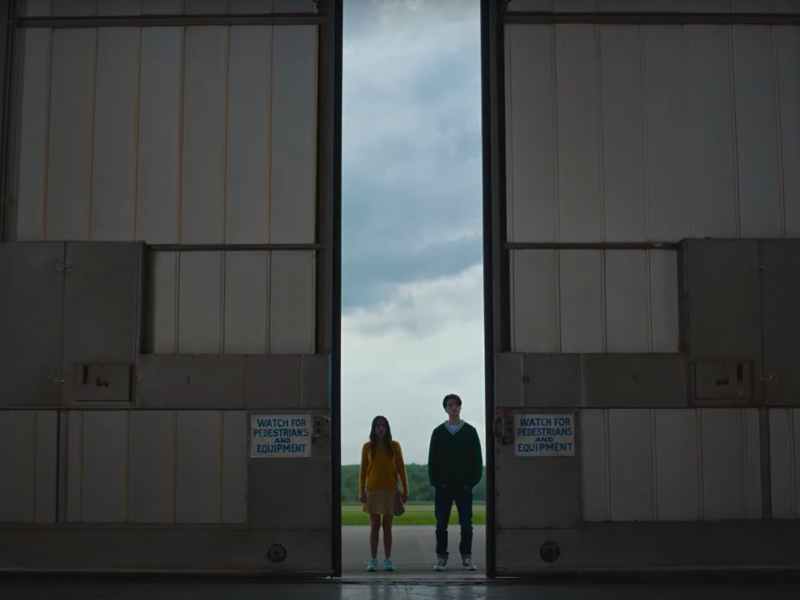A thin book, Antoine de Saint-Exupéry’s The Little Prince is to the touch as delicate as its subject matter. The film based on it reconstructs the story into a modern-day Pixar-like animation film that may delight families but pales in comparison to the novella.
The film, directed by Mark Osborne and released in August, draws on themes similar to Inside Out, the animated comedy/drama that engaged families in conversations about emotional turmoil and growing up.
In the wake of the release, Twitter exploded with rave reviews of the film, most involving emotional comments about incorrigible weeping.
Bolstered by the star voices of James Franco, Rachel McAdams and Paul Giamatti, The Little Prince shows off with charming animation.
As director of Kung Fu Panda, it’s understandable that Osborne might call on a similar audience for The Little Prince. The film presents the two main themes — love and growing up — in a digestible way for children and adults alike.
The little girl introduced in the movie is empathetic and adorable. Though she is nameless, it’s easy to connect with her curious nature. It’s she who brings the story back to relevance for mass audiences.
The film stands well on its own, but compared with the novella it’s watered down and simplistic. This doesn’t mean it’s bad, as it develops subplots and themes that were not present in the novella, embodied in a phrase repeated throughout the film: “Growing up is not the problem; forgetting is.”
Perhaps the travesty is that the movie bears the exact same title as the book, but the original story of The Little Prince seems like an afterthought. Saint-Exupéry’s The Little Prince, first published in 1943 as a novella, is a classic that received international acclaim and is published in more than 250 languages and dialects.
In a New Yorker article, Adam Gopnik accurately summarized the message about love that is embodied in the Prince’s adoration of one rose: “To be responsible for his rose, the Prince learns, is to see it as it really is, in all its fragility and vanity — indeed, in all its utter commonness! — without loving it less for being so fragile.”
The film only briefly touches on the Little Prince’s life, making themes such as these less poignant.
Furthermore, Saint-Exupéry’s resolution turns the novella into a gentle tragedy with the disappearance of the Prince. But in the film, the little girl travels to an unknown planet and discovers him again as a languishing, childish man.
Those who have read the book may find it disturbing to see the Prince rendered as a young man. He’s probably nearing his 28th birthday and has bags under his eyes, laboring his days as a chimney sweep. Until this point, it did not seem as though the movie took too much liberty over the story, but this is where it crossed the line.
The power of the character of the Little Prince lies in his brevity, and the mysterious nature of his disappearance. Bringing him back dissembles this and continues along with a story that may have been best left untouched.
Though it would be difficult to please ardent fans of the book, continuing a story that was well left as it was is not a good way to start. But the movie focuses on its own simultaneously heartbreaking and uplifting theme of never wanting to forget what it was like to be a child.



